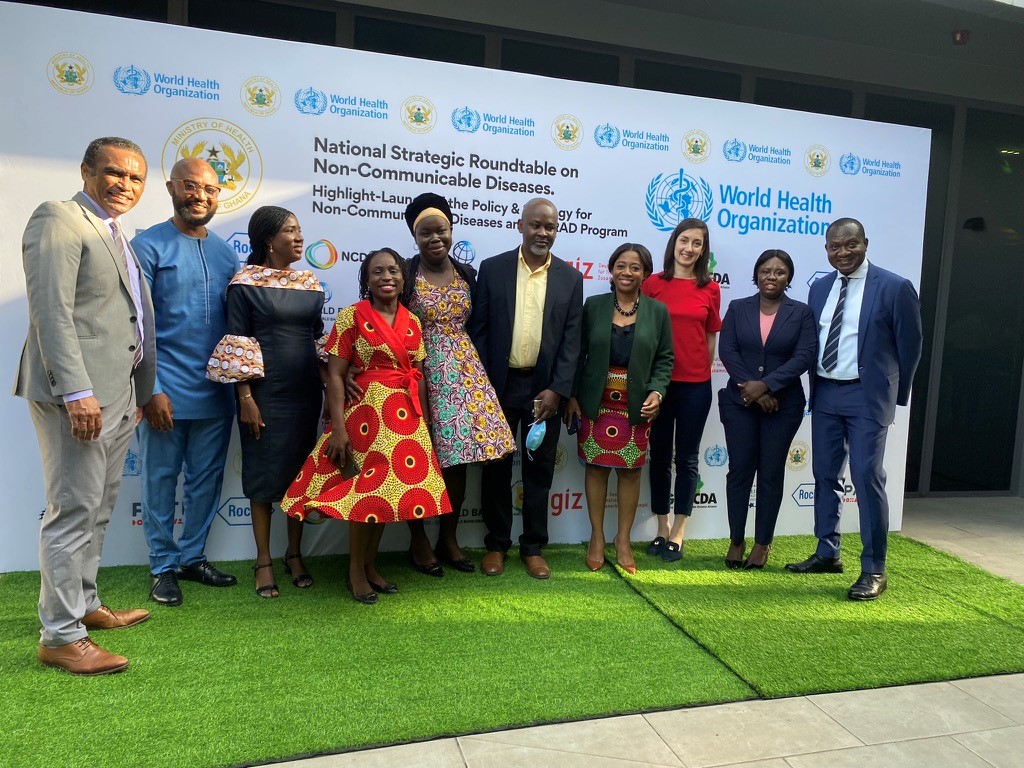
Non-communicable diseases (NCDs) have become a significant public health challenge in many countries, including Ghana. With limited resources and a growing burden of NCDs, it became imperative for the Ghanaian government to establish partnerships for NCD prevention and control. This case study explores the journey of how such partnerships were forged at the national level, focusing on the role of advocacy, political leadership, and the resulting commitment of resources.
Ghana, like many other nations, faced a daunting task in addressing the rising prevalence of NCDs. Cardiovascular diseases, cancer, diabetes, and chronic respiratory diseases had taken a heavy toll on the country's healthcare system and economy. With limited resources, it was essential to seek collaboration and external support to effectively combat these diseases and reduce their impact on the population.
The process of establishing partnerships began by identifying key stakeholders who could make a significant impact in the fight against NCDs. It was observed that the head of state held a crucial position on the global stage, particularly with the United Nations' Sustainable Development Goals (SDGs). Leveraging this position would not only bring visibility to the cause but also potentially open doors to global partners and resources. Advocates recognized the importance of engaging the highest authority possible to ensure the success of the initiative.
Advocacy played a pivotal role in convincing the government to commit to addressing NCDs and engage influential stakeholders. Numerous advocacy groups, health organizations, and civil society bodies came together to highlight the urgency of the situation and present viable solutions. Their efforts were instrumental in raising awareness about the NCD crisis and the need for immediate action.
One of the most significant developments in the early stages of this initiative was securing the engagement of the Vice President. While the head of state would have been the ideal choice, this was not always feasible due to various commitments and scheduling constraints. However, the Vice President's support and involvement were considered sufficient to move forward with the plan. His endorsement of the cause provided it with the necessary political backing and opened doors to other high-level political and institutional actors.
To concretize the partnership, a half-day National Strategic Roundtable Meeting was organized in April 2022, inviting various stakeholders who could contribute their expertise, resources, and support to the NCD prevention and control efforts. A total of up to 20 partners responded to the invitation showing a strong commitment to the cause. The attendees represented a diverse group, including government agencies, international organizations, private sector entities, community and civil society organizations. This multi-sectoral approach was vital to ensure a comprehensive strategy for NCD prevention and control. The meeting was structured to facilitate open and constructive discussions. Participants shared their perspectives, experiences, and available resources. The agenda included presentations on the current state of NCDs in Ghana, global best practices, and potential collaboration areas.
The partnership meeting resulted in a significant commitment of resources to support NCD prevention and control in Ghana. Collectively, the partners pledged a total of 6 million USD to the cause. This financial commitment was essential to build on existing initiatives, such as awareness campaigns, health infrastructure improvements, research, and capacity-building programs. The partners recognized the urgency of the NCD crisis and understood that a collaborative approach was the most effective way to address it. Their commitment of resources signified a shared responsibility in fighting this public health challenge, and it demonstrated the power of collective action.
After the successful partnership meeting, a collaborative framework was established to guide the implementation of NCD prevention and control programs in Ghana. Regular meetings and progress assessments were planned to ensure that the pledged resources were utilized effectively. The partnerships were not just about the financial commitment but also about technical assistance, expertise, and knowledge sharing.
The partnership's impact on NCD prevention and control in Ghana was significant. Community mobilization campaigns were launched, early detection and treatment facilities were improved, and research on NCDs was expanded. Sustainability was a key concern, and the government, along with its partners, ensured that the programs and initiatives established during the partnership continued to function effectively. A strong emphasis was placed on building the capacity of local healthcare providers and organizations to take ownership of NCD prevention and control efforts in the long run.
The case study of establishing partnerships for NCD prevention and control in Ghana serves as a remarkable example of the power of collaboration at the national level. The journey began with advocacy efforts and political engagement, leading to a successful partnership meeting where diverse stakeholders came together to commit resources and expertise to combat a growing health crisis. The commitment of 6 million USD was not just a financial contribution; it symbolized the collective responsibility of government agencies, international organizations, the private sector, and civil society to address a pressing public health issue. The success of this initiative underscored the importance of a multi-sectoral approach, political support, and effective advocacy in tackling NCDs. By leveraging political leadership and fostering collaboration, Ghana was able to make significant strides in NCD prevention and control, ultimately improving the well-being of its citizens and setting an example for other nations facing similar challenges. This case study highlights the potential for positive change when key stakeholders unite to address critical public health issues, especially in resource-constrained settings.
